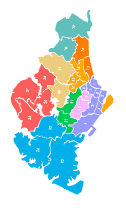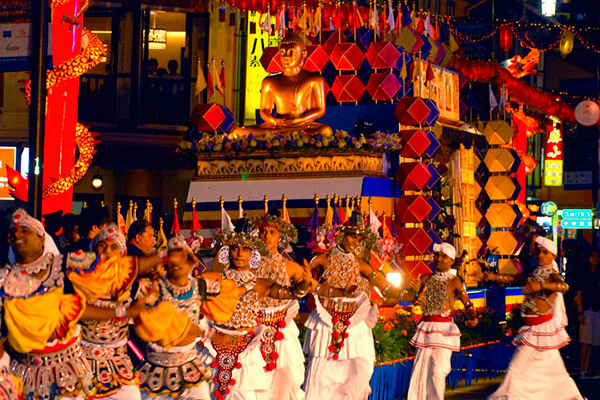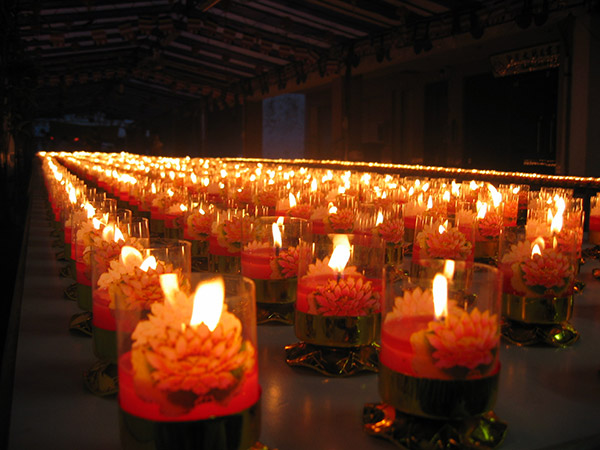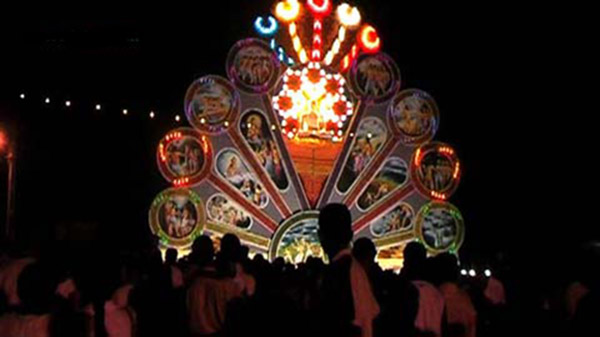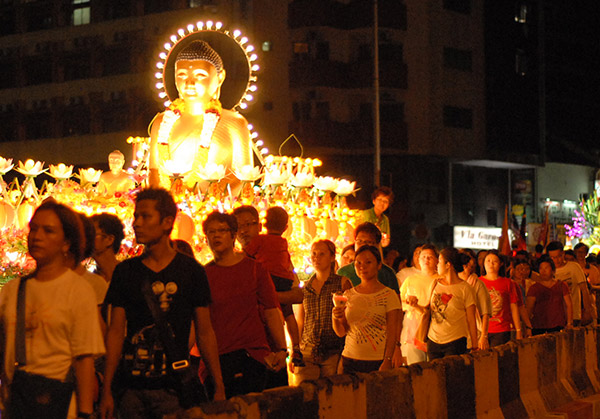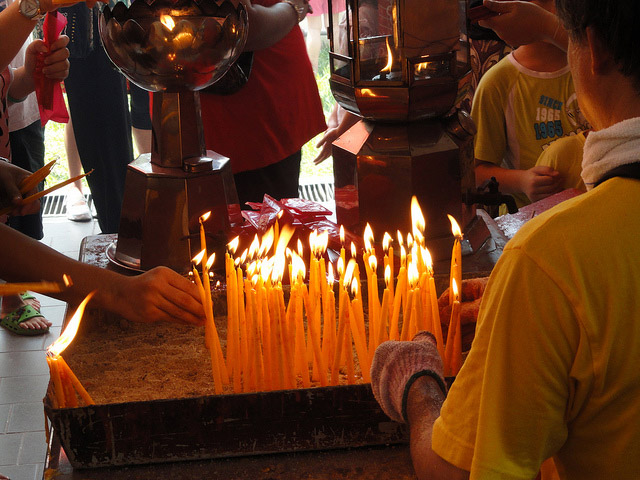| About Singapore |
| Tour Packages |
| What to do |
| What to see |
| Where to Stay |
| Events |
| Contact us |
Vesak Day
Seeking Peace
Vesak Day is the most significant day of the year in the Buddhist calendar and is celebrated by Buddhists the world over. The day commemorates the birth, enlightenment and death of the Buddha and is a day of immense joy, peace and reflection. In Singapore, Vesak Day usually falls in the month of May, on the 15th day of the fourth month of the Chinese Lunar Calendar.
On this day, devout Buddhists and followers alike congregate at their various temples before dawn for the ceremonial, where the Buddhist flag will be hoisted, and hymns sung in praise of the holy triple gem: The Buddha, The Dharma (his teachings), and The Sangha (his disciples). Devotees often bring simple offerings of flowers, candles and joss-sticks to lay at the feet of their spiritual teacher. These symbolic offerings remind followers that life too, is subject to decay and destruction when the offering burns out or wilts away.
Buddhists believe that performing good deeds on Vesak Day will multiply merit many times over. Buddhist youth sometimes organise mass blood donations at hospitals, while general rites and rituals practiced on Vesak Day include chanting of mantras; releasing of caged birds and animals; having vegetarian meals; and "bathing" a Buddha statue, a reference to the legend of the child Buddha being showered with the waters of nine dragons soon after birth. These acts of generosity observed by the Buddhist temples are also known as Dana.
Most statues of the Lord Buddha are illuminated on Vesak Day, and the celebrations conclude with a candlelight procession through the streets. The Buddhist community in Singapore is made up of various sectors, each of them offering variant ways of celebrating the occasion - The Mahayana or "Greater Way" constitutes mainly Chinese Singaporeans and form the majority of Buddhists here, while the Mahayana strain of Buddhism arrived on these shores in 1884 through individual missionaries from China's southern province.
The central pillar of Mahayana Buddhism is that Nirvana can be obtained not just through self-perseverance but also through the help of bodhisattvas or "enlightened ones". One such bodhisattva highly regarded in Singapore is Guanyin, the "Goddess of Mercy". Mahayana Buddhist temples in Singapore like the Phor Kark See Temple on Bright Hill Road, practise the "three-step, one-bow" ritual on Vesak Day, where devotees take steps on both knees, bowing at every third step as they pray for world peace, personal blessings and repentance. The exhausting two-hour procession actually begins 24 hours before, when many would reserve a place in the procession, sometimes with only a small tissue packet.
Meanwhile another main variant of Buddhism is Theravada Buddhism, with a focus on seeking one's own path to salvation. Mainly practised by Singapore's Sri Lankan and Burmese communities, the Burmese Buddhist Temple at Geylang and the Sri Lankaramaya Temple at St Michael's Road practise a ritual of cooking a pot of rice in milk on Vesak Day, reminiscent of Buddha's last meal before his long fast toward enlightenment.
A great place to observe and mark this holy day in Singapore is at the majestic Lian Shan Shuang Lin Temple which literally translates to the Twin Grove of the Lotus Mountain Buddhist Temple. Built between the years of 1902 to 1908, it is Singapore’s oldest Buddhist temple and the second largest in Asia. You can also soak in the spirit of the Vesak Day celebrations at The Buddha Tooth Relic Temple, a four-storey spiritual centre in the heart of Chinatown. It is architecturally inspired by the harmonious combination of the Buddhist mandala and the art culture of Buddhism in the Tang dynasty.


